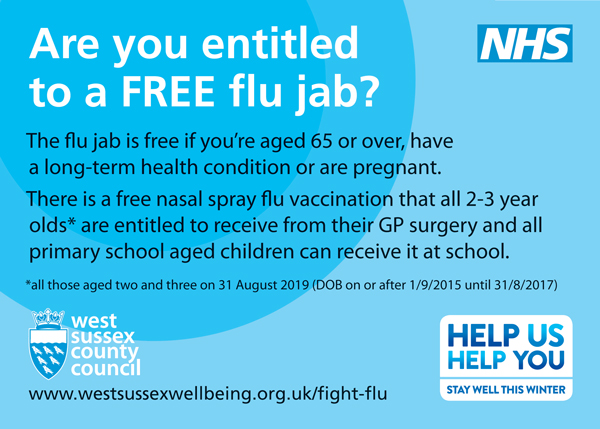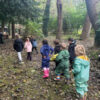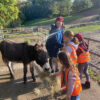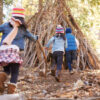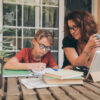Getting young children into their beds and staying there can challenge parents at the best of times, let alone the night before Christmas; one in three adults have to jump out of bed on Christmas morning between 4am and 7am!
World sleep expert from the University of Oxford and co-founder of digital sleep improvement programme Sleepio, Professor Colin Espie, has given us his top five tips to get your kids off to sleep before Santa arrives.
1. Be active during the day
There is plenty of evidence that regular exercise can help you fall asleep faster and stay asleep through the night. Take a break from Christmas movies and head to the park to help expend excess energy in good time before bed.
2. Stick to bedtime routines and rituals
A consistent bedtime routine, or a set of specific ‘rituals’ before lights out, will signal that it’s time to sleep. If you’re staying away from home, find ways to recreate parts of the routine, even if they are happening later than usual. Preparing for bed in the same order each night (such as bath, brushing teeth, stories, goodnight hug), will help with readiness for sleep, wherever you are. Even a few days of a consistent schedule should help your child settle in a new location. Bringing familiar bedding, toys and books will help them to relax and feel secure away from home.
3. Act before your child gets overtired
Young children are often reluctant to admit that they’re tired – even more so when the alternative to bed is playing with shiny new toys. Look for signs of sleepiness before your child starts to be overtired, which is often the driver for ‘hyper’ behaviour. Try to start the bedtime routine at a consistent time. If they really don’t feel tired, they can play quietly in their bed or crib with the lights low. If you notice that your child is often overtired at night, experiment by shifting the whole bedtime routine forwards by 15-30 minutes.
4. Give plenty of notice
Give plenty of notice when bedtime is coming up, and then stick to what you’ve said: “In 10 minutes the cartoon will end and it’ll be bath time, and then we’ll have time for two books.” A timer which rings when playtime runs out could be a useful ‘independent’ signal that it’s time for bed. If your child refuses to stay in bed, try to avoid giving extra attention for bad behaviour. Be as neutral and uninteresting as you can as you return your child to bed, even if you have to do this a few times. Consistency is key – even at Christmas – to help the whole family sleep well.
5. And if all else fails…
With a house full of guests, your child may understandably feel as though they are missing out on all the excitement by going up to bed. If you’ve followed the tips above and still have a stubborn and weary young one, hanging onto the bannisters in protest, the suggestion that Father Christmas only leaves presents for children who are asleep might just be enough incentive to encourage lights out.


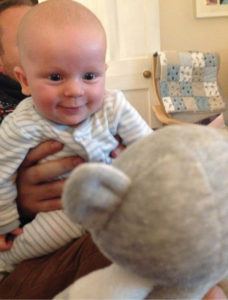 Once a baby is born they face a number of milestones, for example smiling for the first time and rolling over. We are told when their first tooth will appear and when they will have health visitor appointments but little is said about how their eyes develop and what their vision is like. At birth babies do not see as well as older children or adults. Their eyes and visual system aren’t fully developed, significant improvement occurs during the first few months of life.
Once a baby is born they face a number of milestones, for example smiling for the first time and rolling over. We are told when their first tooth will appear and when they will have health visitor appointments but little is said about how their eyes develop and what their vision is like. At birth babies do not see as well as older children or adults. Their eyes and visual system aren’t fully developed, significant improvement occurs during the first few months of life.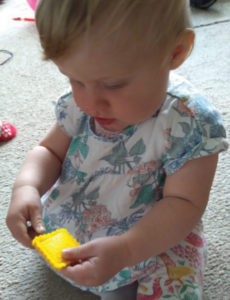
 and they will deliver free boxes, then collect and protect your belongings from as little as £1.40 per week.
and they will deliver free boxes, then collect and protect your belongings from as little as £1.40 per week.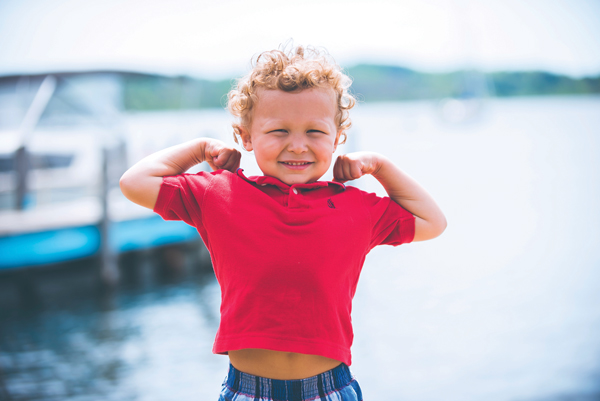

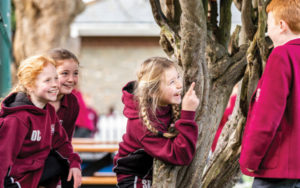 At our school, our children are driven by our ethos ‘Consideration Always’. As role models to the school community and beyond, we entrust them to develop and demonstrate the best version of themselves. Children develop when they are given the opportunity to do so. Mary Myatt’s philosophy of ‘high challenge, low threat’ leadsthe way.
At our school, our children are driven by our ethos ‘Consideration Always’. As role models to the school community and beyond, we entrust them to develop and demonstrate the best version of themselves. Children develop when they are given the opportunity to do so. Mary Myatt’s philosophy of ‘high challenge, low threat’ leadsthe way.
